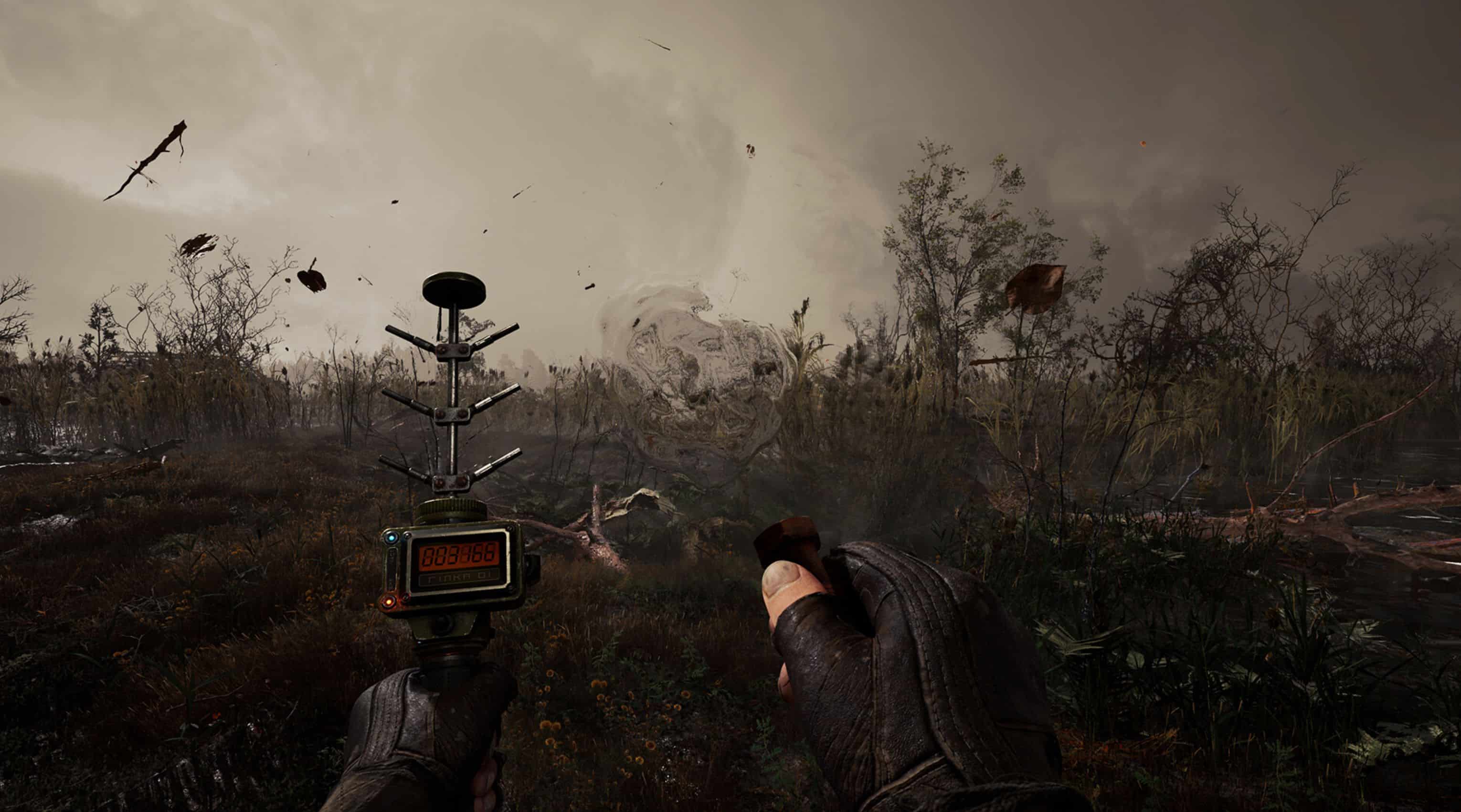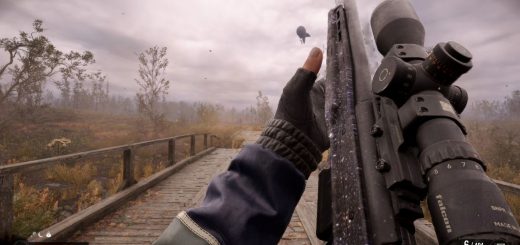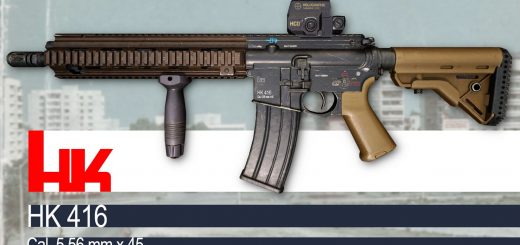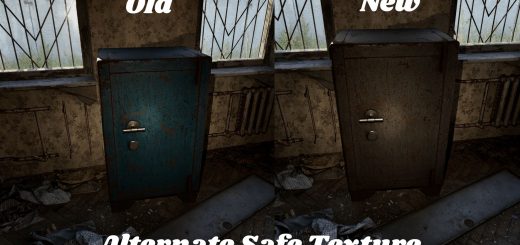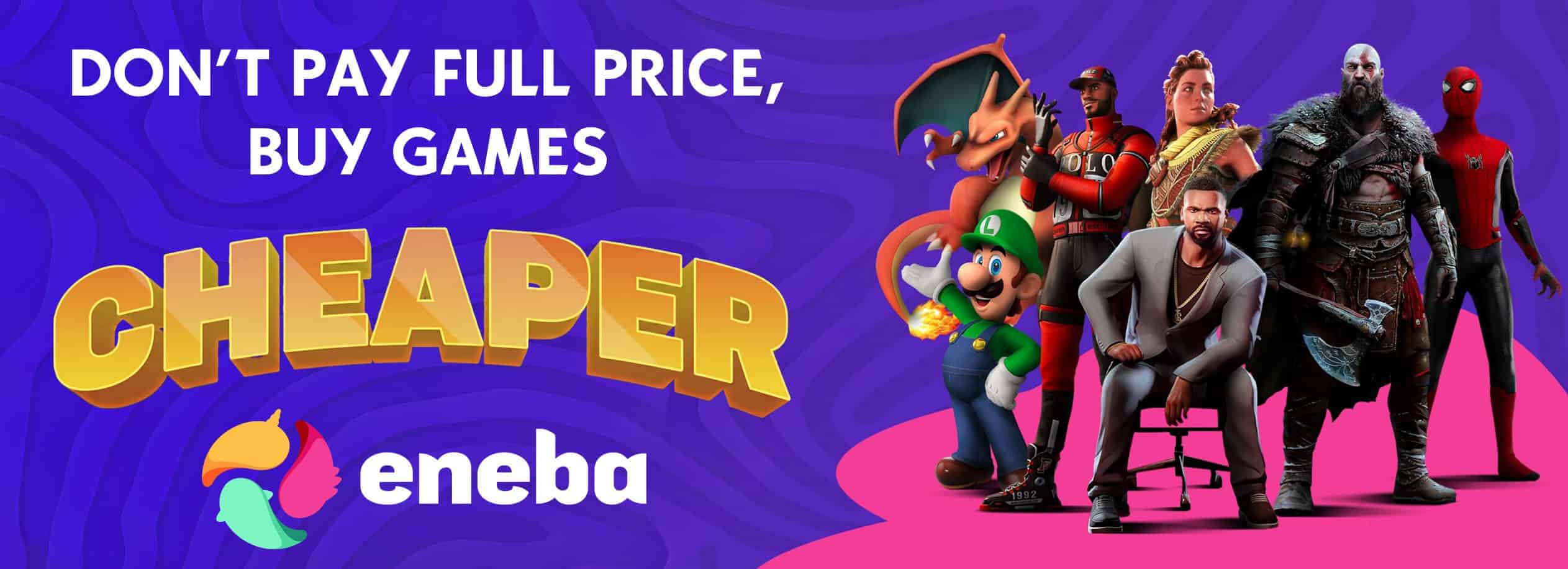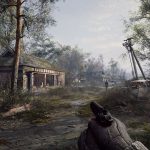
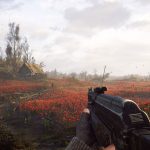
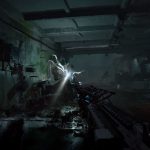
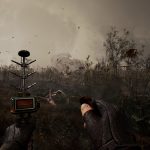
From Reality to Zone: How Real-World Events Shaped S.T.A.L.K.E.R. 2
Slava Lukyanenka, the producer and creative director of S.T.A.L.K.E.R. 2: Heart of Chornobyl, opens up about the journey behind the highly anticipated sequel. He shares how the ongoing war in Ukraine has deeply affected both the game and the development team, shaping their work in unexpected ways. Slava talks about how real-world events have influenced the game’s storyline, how they’ve evolved their open-world design and AI, and how fan feedback has been instrumental throughout the development process. He also gives a glimpse into what players can expect post-launch, with exciting plans for additional content and expansions.
I know it’s a tough question, but in today’s world, it’s an important one. How has the situation in Ukraine affected the game and your team?
Yeah, that’s a tough one. It’s been impossible to ignore. Before the invasion, we were all working together in one studio, which made everything more connected. But after it started, the team split up. Some of us relocated to Europe, like in Prague, but others stayed in Ukraine.
Working with a distributed team is already complex, but doing it in the middle of a war makes things way harder. We have to think about our team’s safety first. The people in Prague are migrants dealing with relocation, while those in Ukraine live under constant threat. One colleague’s apartment in Kharkiv was destroyed by Russian rockets. It’s unpredictable, but we keep going.
Can you even focus on making a game under these conditions?
In a strange way, game development has become a morale booster. Having something creative to focus on helps a lot. For many of us, working on S.T.A.L.K.E.R. 2 is a way to process everything we’re going through.
How has this affected the content of the game? Someone from the team mentioned that aspects of the situation in Ukraine would be reflected in the story.
It’s not direct, but if you look closely, you’ll see it. For example, we introduced a character called Strider last December. Some fans noticed that his speech reflects the mindset of people who were blind to Russian propaganda—people who didn’t see the truth until it was too late. So while the game doesn’t outright reference the war, there are metaphors and reflections of our experiences woven into the narrative.
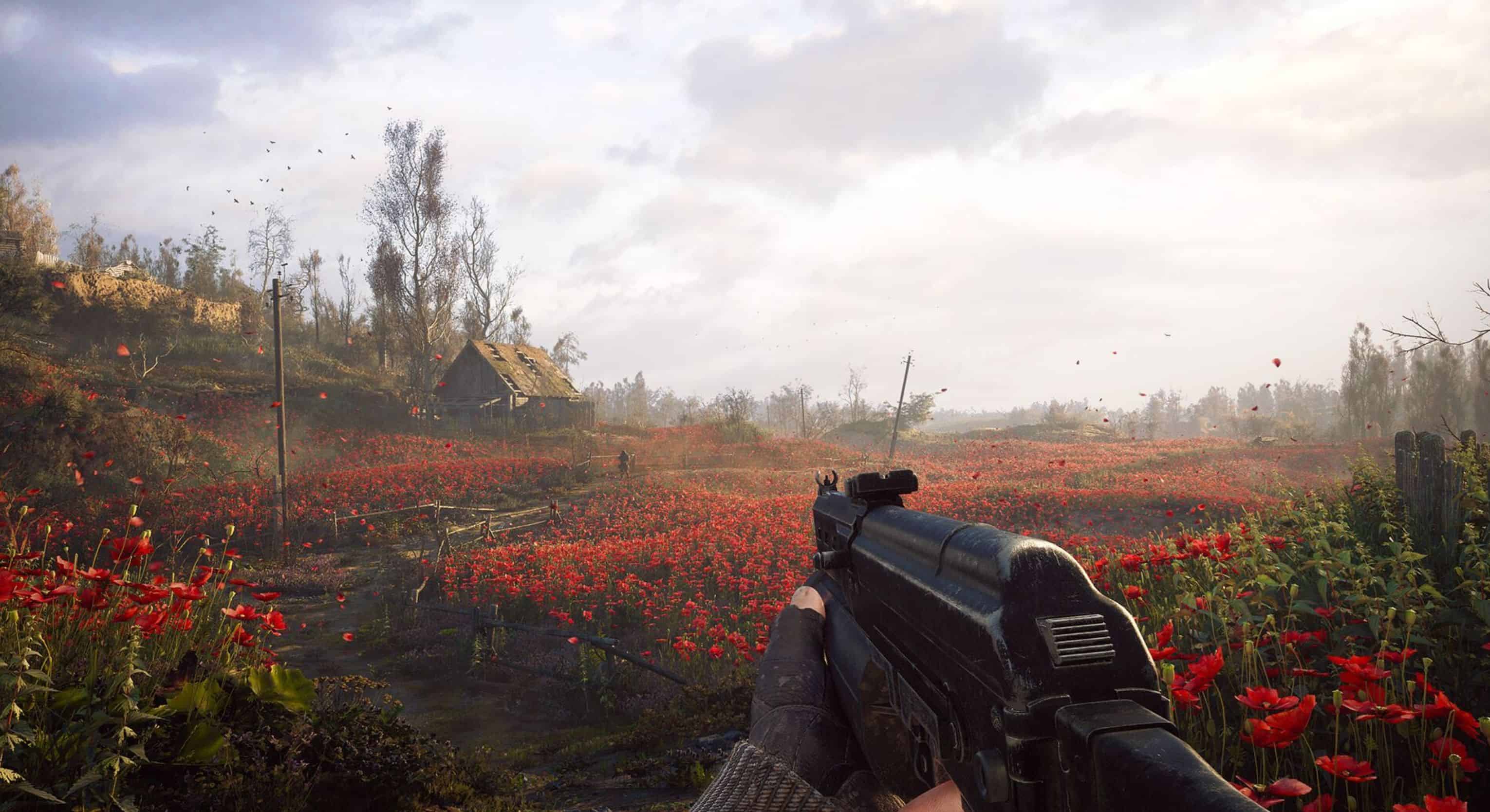
The story seems to pick up after a time jump. How does it connect to the previous games?
It’s a direct sequel, set 15 years after the original trilogy. The factions are still there, and some familiar characters return, but you’ll notice how time has changed the Zone. Small details like decaying buildings remind you that the world has been moving forward, even if slowly. We wanted to show how people adapt and survive in the Zone, despite everything crumbling around them.
How did you approach the open-world design and gameplay, given how iconic they are to the series?
We tried to learn from other open-world games, but ultimately, we returned to the core S.T.A.L.K.E.R. experience. We kept the random encounters but added more small stories within the world. We also opened up new locations from the original trilogy, adding new layers of immersion. There’s a lot of attention to detail, from first-person animations to radio stations inside the Zone that play Ukrainian music.
Tell us about the new AI system. How does it compare to the original games?
I think the best way to explain it is through examples. Imagine you’re exploring the Arch-Anomaly reefs. You run into a Poltergeist and try to escape, only to stumble upon a group of stalkers. The Poltergeist goes after them instead, and suddenly you have this dynamic event unfolding. The AI system can generate unique experiences like this, where different elements collide, and you’re not the only one reacting to the Zone.
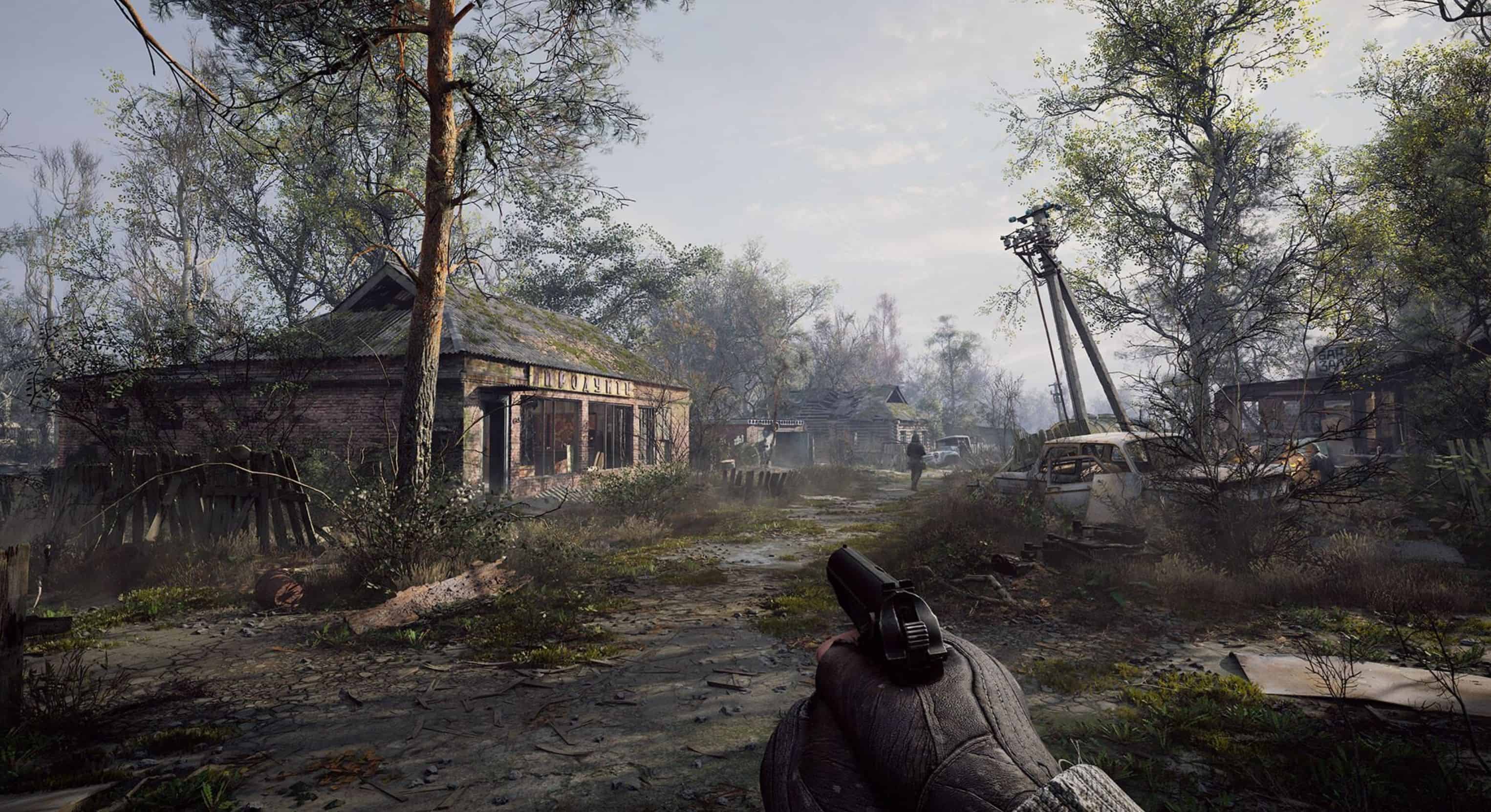
The atmosphere of the Zone is crucial to the experience. How do you ensure that same level of immersion?
It’s a mix of many things: the environment, the sound design, even the weather. We want players to feel the tension of exploring the Zone, where every step matters. It’s about creating suspense, not through jump scares, but through the uncertainty of whether you’ll make it back alive.
With the development process spanning so many years, how has the team evolved?
It’s been a massive transformation. The team started with just 20 people, and now we’re over 400. That alone changed how we operate. Working with a small group is completely different from managing a large one, and we’ve had to adapt constantly. Plus, now we’re scattered across Prague, Kyiv, and other cities, which has added a whole new layer of complexity.
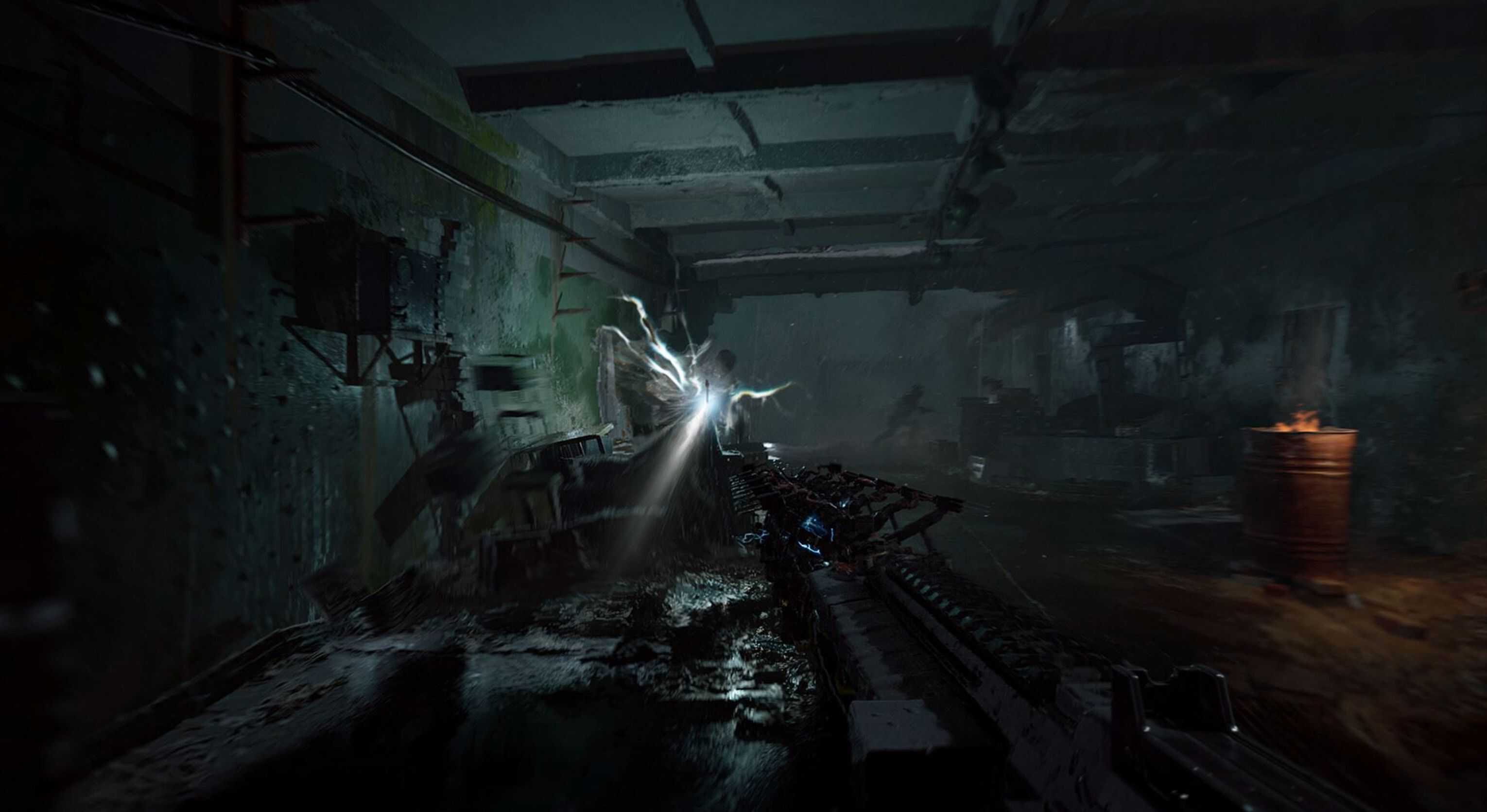
The S.T.A.L.K.E.R. series has always had a passionate fanbase. How has their feedback influenced the game?
Hugely. Every time we released a trailer or demo, we kept a close eye on the community’s reactions. Based on their feedback, we made significant changes—like reworking dialogue animations and tweaking the shooting mechanics. Without the fans’ input, we’d be flying blind. Their feedback has been critical in shaping the game.
What can we expect post-launch? Any plans for expansions?
We’re focused on releasing two major story expansions as paid DLCs, along with a pack of free DLCs to enhance the player experience. The free content will include new weapons and other enhancements, while the story expansions will dive deeper into the world of S.T.A.L.K.E.R. 2. We didn’t cut any major quests from the base game, so the expansions will be fresh content that adds new layers to the story.

